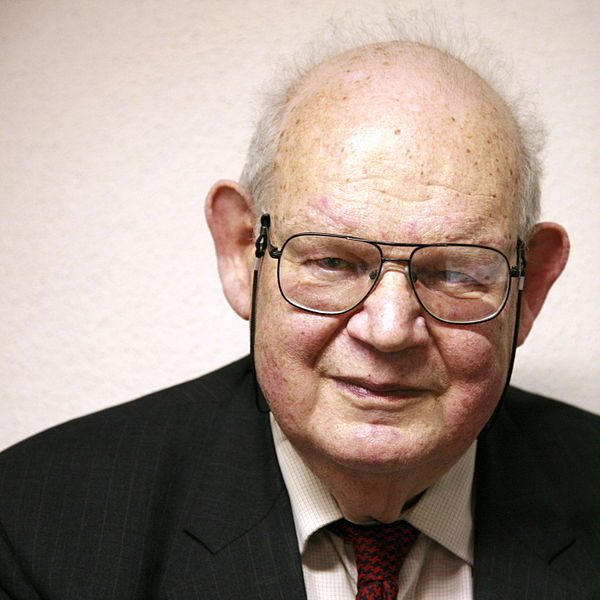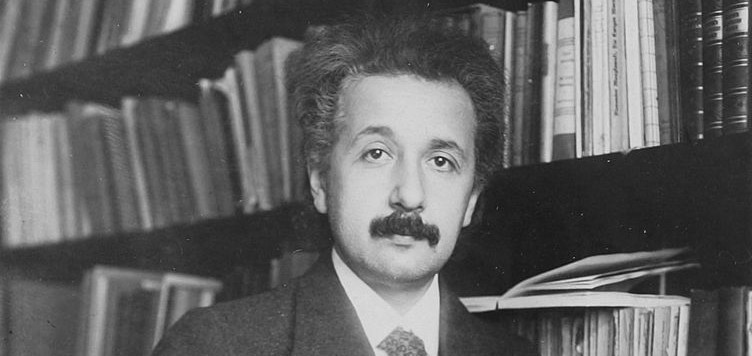In the climactic scene that Ray Harryhausen animated for Jason and the Argonauts (1963), “I had three men fighting seven skeletons, and each skeleton had five appendages to move in each separate frame of film. This meant at least thirty-five animation movements, each synchronized to the actor’s movements. Some days I was producing just 13 or 14 frames a day, or to put it another way, less than one second of screen time per day, and in the end the whole sequence took a record four and a half months to capture on film.”
An interesting philosophical question: “So how do you kill skeletons? We puzzled over this conundrum for some time and in the end we opted for simplicity by having Jason jump off the cliff into the sea, followed by the skeletons. It was the only way to kill off something that was already dead, and besides, we assumed that they couldn’t swim. After filming a stuntman jump into the sea, the prop men threw seven plaster skeletons off the cliff, which had to be done correctly on the first take as we couldn’t retrieve them for a second. To this day there are, somewhere in the sea near that hotel on the cliff edge, the plaster bones of seven skeletons.”
(Ray Harryhausen: An Animated Life, 2010.)




